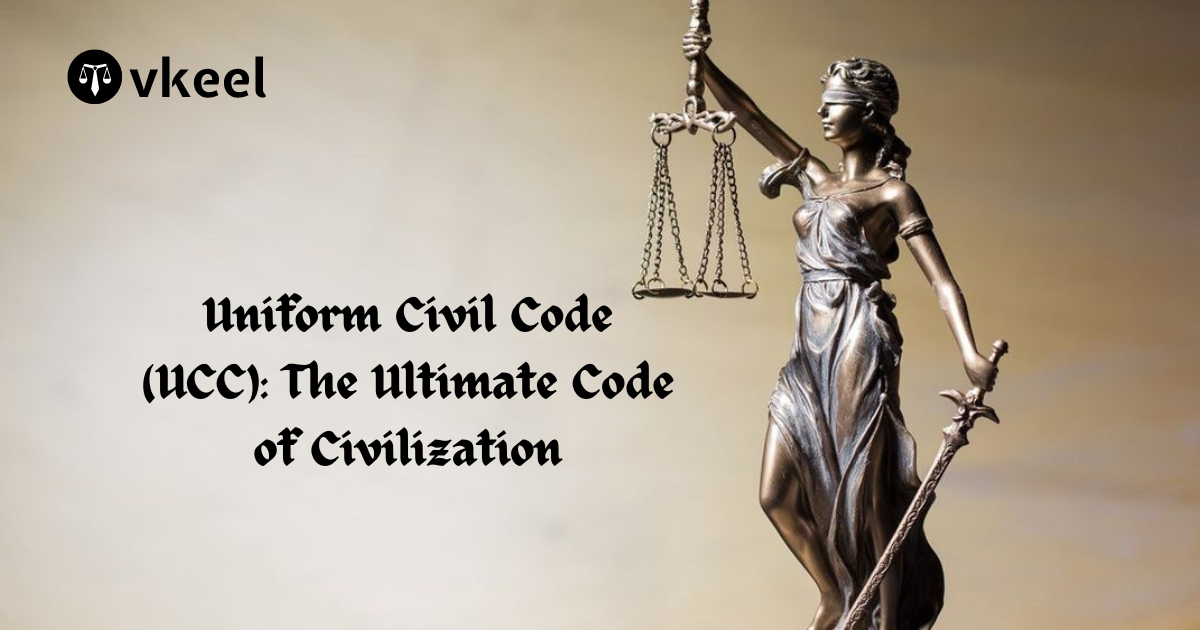Legal Aspects of Asylum and Refugee Protection in India
By Himanshu Kumar
Table of Contents
Introduction
India, despite not being a signatory to the 1951 Refugee Convention or its 1967 Protocol, has a long history of providing asylum to refugees. The country has hosted refugees from Tibet, Sri Lanka, Afghanistan, Myanmar, and various other regions. However, the legal framework governing asylum and refugee protection in India is complex, consisting of a mix of constitutional provisions, executive policies, and judicial interpretations.
India has long been a destination for asylum seekers due to its historical commitment to providing refuge to individuals fleeing persecution, conflict, and violence. Despite not being a signatory to the 1951 Refugee Convention or its 1967 Protocol, India has upheld humanitarian principles by offering protection to various refugee groups. This is driven by a combination of geopolitical considerations, historical ties, and ethical obligations. India’s asylum policy, although lacking a formal legislative framework, is underpinned by constitutional values that emphasize the right to life and personal liberty for all individuals, including non-citizens. Judicial interpretations have reinforced these principles, ensuring that refugees are protected from refoulement and other threats to their safety.
Legal protection for refugees in India is provided through a mix of executive policies and judicial rulings rather than a dedicated refugee law. Key legislations like the Foreigners Act, 1946, and the Citizenship Act, 1955, along with judicial interventions, shape the protection regime. Courts have repeatedly upheld the principle of non-refoulement, ensuring that refugees are not returned to situations where they face danger. India’s informal collaboration with the UNHCR also plays a crucial role in refugee status determination and protection. While the treatment of refugees can vary based on their country of origin and other factors, India’s approach has generally been characterized by a commitment to humanitarian values, even in the absence of a comprehensive legal framework.
Constitutional and Legislative Framework
India does not have a specific law dealing with refugees. Instead, refugees in India are governed by the same legal framework applicable to foreigners. The key legislations that affect refugees include:
- The Foreigners Act, 1946: This Act regulates the entry, presence, and departure of foreigners in India. It empowers the government to make provisions for the arrest, detention, and deportation of foreigners.
- The Passport (Entry into India) Act, 1920: This Act requires all persons entering India to possess valid passports.
- The Citizenship Act, 1955: While primarily dealing with the acquisition and loss of Indian citizenship, this Act has provisions that can impact refugees, especially in terms of illegal migration.
- The Registration of Foreigners Act, 1939: This Act mandates the registration of all foreigners residing in India.
Judicial Interpretation
Indian judiciary has played a significant role in shaping the protection regime for refugees through various landmark judgments. Some notable cases include:
- NHRC v. State of Arunachal Pradesh (1996): The Supreme Court of India held that the Chakma refugees from Bangladesh, who had been settled in Arunachal Pradesh, should not be forcibly evicted. The Court underscored the importance of the right to life and personal liberty under Article 21 of the Constitution, extending it to non-citizens as well.
- Ktaer Abbas Habib Al Qutaifi v. Union of India (1999): The Gujarat High Court held that the principle of non-refoulement, which prohibits the return of refugees to a country where they face serious threats to their life or freedom, is part of the protection of life and personal liberty guaranteed under Article 21.
- Syrian Students Case (2015): In this case, the Delhi High Court allowed Syrian students, whose visas had expired, to stay in India, emphasizing the need for humanitarian consideration.
International Obligations and Customary International Law
Although India is not a signatory to the 1951 Refugee Convention, it adheres to certain principles of customary international law, including non-refoulement. This principle has been upheld by the Indian judiciary in several cases, ensuring that refugees are not returned to places where they face danger.
UNHCR’s Role
The United Nations High Commissioner for Refugees (UNHCR) operates in India under an informal arrangement. It conducts refugee status determination (RSD) for non-Tibetan and non-Sri Lankan refugees. The Indian government, however, retains the final decision-making authority regarding the stay and deportation of refugees.
Policy Measures and Administrative Practices
India’s approach to refugees has largely been ad hoc, guided by humanitarian considerations and geopolitical factors. The treatment of refugees varies based on their country of origin:
- Tibetan Refugees: Tibetans fleeing Chinese occupation have been granted asylum in India since 1959. They have been provided with settlements, schools, and other facilities, allowing them to preserve their culture and livelihood.
- Sri Lankan Tamil Refugees: India has hosted Tamil refugees from Sri Lanka, particularly during the civil war. Camps have been established in Tamil Nadu, providing basic amenities and access to education and employment.
- Rohingya Refugees: The treatment of Rohingya refugees from Myanmar has been more contentious. The Indian government views them as illegal immigrants and has sought to deport them, despite UNHCR’s recognition of their refugee status.
Recent Developments and Amendments
- Citizenship (Amendment) Act, 2019 (CAA): This Act provides a pathway to Indian citizenship for non-Muslim minorities (Hindus, Sikhs, Buddhists, Jains, Parsis, and Christians) from Afghanistan, Bangladesh, and Pakistan who entered India on or before December 31, 2014. The CAA has been criticized for its exclusionary approach and its potential impact on Muslim refugees, particularly the Rohingya.
- Foreigners (Amendment) Order, 2015 and Passport (Entry into India) Amendment Rules, 2015: These amendments exempt certain religious minorities from Afghanistan, Bangladesh, and Pakistan from the application of the Foreigners Act and the Passport Act, thereby providing them protection from deportation.
Challenges and Criticisms
- Lack of a Comprehensive Legal Framework: The absence of a dedicated refugee law leads to inconsistent treatment of refugees and a lack of legal certainty. There is a need for a comprehensive law that addresses the specific needs and rights of refugees.
- Ad Hoc Policies: India’s refugee policy has been criticized for being ad hoc and influenced by political and strategic considerations rather than a consistent humanitarian approach.
- Detention and Deportation: Refugees and asylum seekers often face detention and the threat of deportation, which violates the principle of non-refoulement. The conditions in detention centers have also been criticized for being inadequate.
- Limited Rights and Access: Refugees in India often face restrictions on their freedom of movement, access to employment, education, and healthcare. They lack formal legal status, which exacerbates their vulnerability.
Recommendations
- Enactment of a Refugee Law: India should enact a comprehensive refugee law that aligns with international standards, ensuring the protection of refugees’ rights and providing clear procedures for asylum and refugee status determination.
- Adherence to Non-Refoulement: The principle of non-refoulement should be strictly upheld, ensuring that no refugee is returned to a country where they face serious threats to their life or freedom.
- Improving Conditions in Refugee Camps: The living conditions in refugee camps should be improved, providing adequate shelter, healthcare, education, and livelihood opportunities.
- Collaboration with UNHCR: Strengthening collaboration with UNHCR can enhance the capacity to handle refugee protection and streamline the process of refugee status determination.
- Awareness and Sensitization: Public awareness and sensitization programs can help in reducing xenophobia and fostering a more inclusive environment for refugees.
Conclusion
India’s approach to asylum and refugee protection has been shaped by a combination of constitutional principles, judicial interpretations, and ad hoc policy measures. While the country has a commendable history of providing refuge to those in need, the lack of a comprehensive legal framework poses significant challenges. Enacting a dedicated refugee law and adhering to international principles can ensure better protection and integration of refugees, upholding India’s tradition of hospitality and humanitarianism.
Disclaimer:
The information provided in the article is for general informational purposes only, and is not intended to constitute legal advice or to be relied upon as a substitute for legal advice. Furthermore, any information contained in the article is not guaranteed to be current, complete or accurate. If you require legal advice or representation, you should contact an attorney or law firm directly. We are not responsible for any damages resulting from any reliance on the content of this website.









